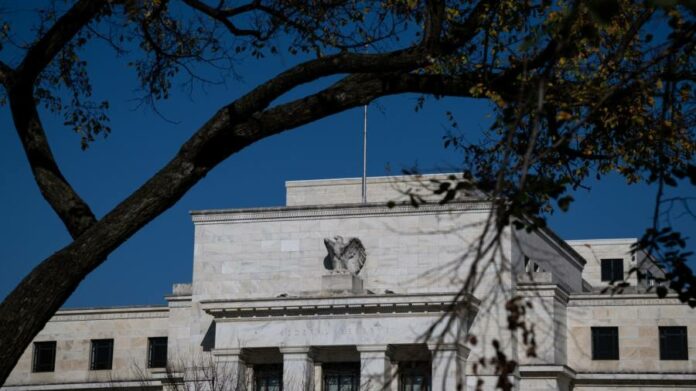The writer is president of Queens’ College, Cambridge, and an adviser to Allianz and Gramercy
You would think that, after the chastening delivered by last year’s transitory inflation call, consensus forecasters would be more open-minded in how they describe the US recession they see coming in 2023.
Yet they are confidently asserting that this recession will be “short and shallow” and are encouraging us again to “look through” a major development. I worry that this could constitute a repeat of the analytical and behavioural traps that featured in last year’s ill-fated inflation call and whose consequences we are yet to put behind us.
Let me stress upfront that this column is not about me predicting a recession. Indeed, while I see the risk as uncomfortably high, I am not convinced that it is a done deal as several have predicted. I am also not forecasting what such a recession might look like. Rather, I am writing to warn about the traps that undermine the latest consensus forecast.
Undoubtedly, the “short and shallow” call has a few things going for it. The labour market is strong, with still sizeable vacancies acting as shock absorbers that insulate jobs from the fall in growth. Private sector balance sheets are relatively strong, with a still-high stock of savings shielding household consumption, companies sitting on cash and debt maturities that have already termed out. And the banking system is less likely to act procyclically given its strong balance sheets, better net income due to more favourable interest margins and limited corporate defaults.
All this suggests that the private sector won’t be the amplifier and prolonger of a recession. Some argue that the same can be said of the public sector, as a rapidly falling inflation rate would allow the Federal Reserve to downshift and then pause its rate rises. Meanwhile, significant budget austerity to combat high government debt is precluded by a divided congress.
These are all valid arguments. But they are not deterministic. What is true for the economy as a whole is far from true for the whole population. The most vulnerable people and companies have already run down their savings, face more limited income opportunities and have less access to low-cost credit. Their detrimental impact on growth is not easily offset by the better off.
While inflation will come down in the next few months, we are likely to see rate stickiness at about 4 per cent. There are many reasons for this, from wages to the changing nature of globalisation, to the multi-year impact of the rewiring of supply chains, and the energy transition. This is a tricky situation for the Fed. It is compounded by the fact that it is not just managing a short-term growth/inflation dilemma that is made more uncertain by the lagged effects of hugely front-loaded interest rate increases and a contracting money supply. The Fed is dealing with a trilemma also involving financial stability.
While fiscal policy will not take a sharp turn to austerity in an absolute sense, it will be contractionary on a relative basis. Finance will be similarly affected — banks’ lending caution is likely to be amplified by liquidity compression and greater risk aversion among non-banks.
Then there is the global angle. The US is not the only important economy facing slowing growth. Europe is already in a recession and China remains hampered by its zero-Covid policy. Then there is Japan’s challenging exit from yield curve control. All this at a time when growth models need a major revamp.
Such simultaneous growth contractions open the door to vicious feedback loops, accentuating the need for greater humility when predicting what lies ahead. So do behavioural considerations.
When taken out of our comfort zone by troubling news, our biases often kick in to make the news less unsettling. Last year’s version of this for consensus forecasters boiled down to “yes, we have high inflation but, don’t worry, it is transitory”. This year’s version is “yes, we face a recession but don’t worry, it will be short and shallow”.
Both analytical and behavioural factors suggest that we should be cautious about the “short and shallow” consensus call. Companies, governments, households and equity investors should plan with an eye to a range of possible outcomes, with no single one dominating as a baseline. Such fluidity calls for safeguarding as much as possible against policy errors, corporate missteps and market accidents.
Scenario planning for a wider range of possible outcomes is hard work and takes time, and much of it will eventually prove redundant. Betting on a shaky consensus forecast, however, could prove much more damaging.






